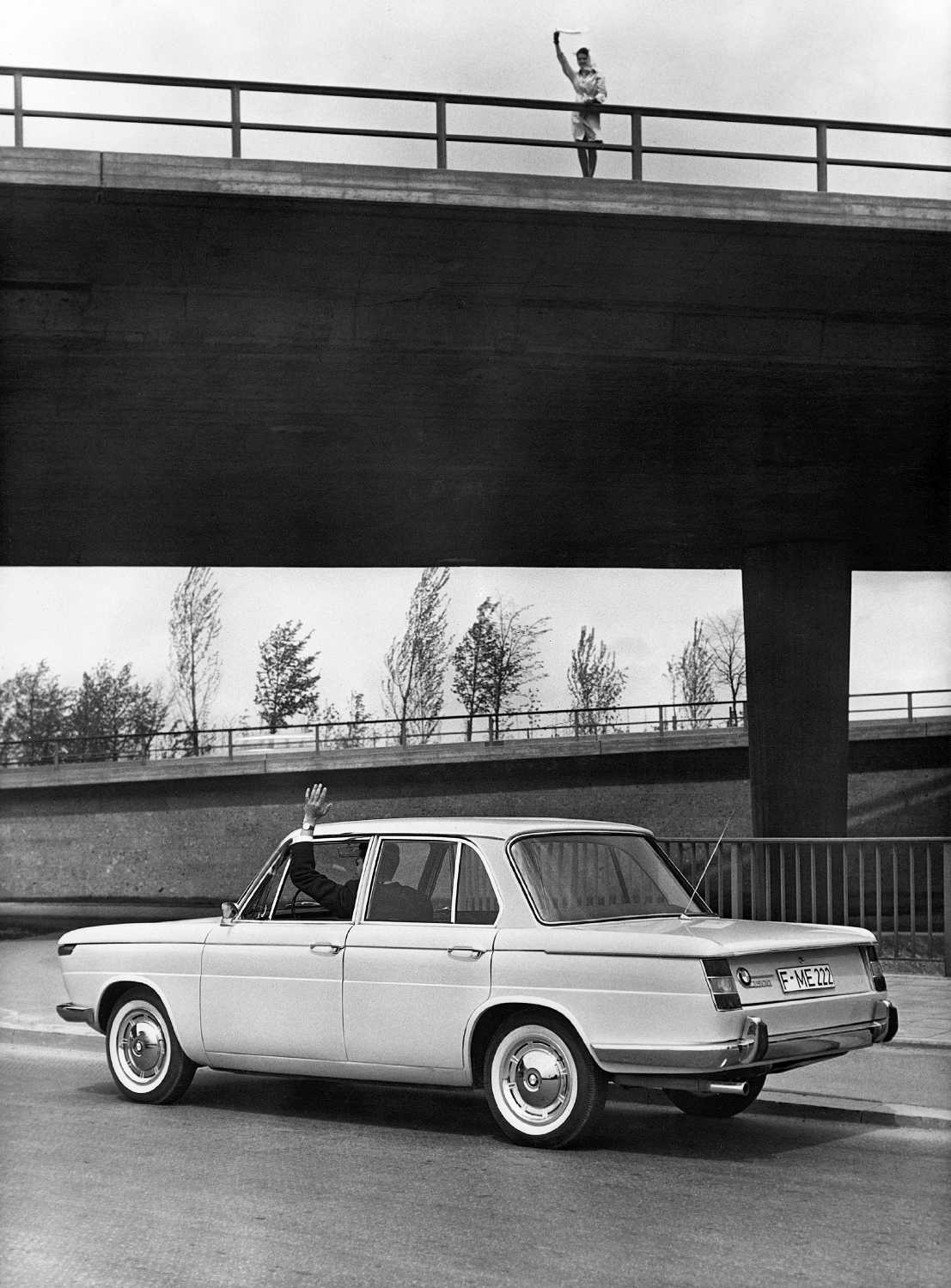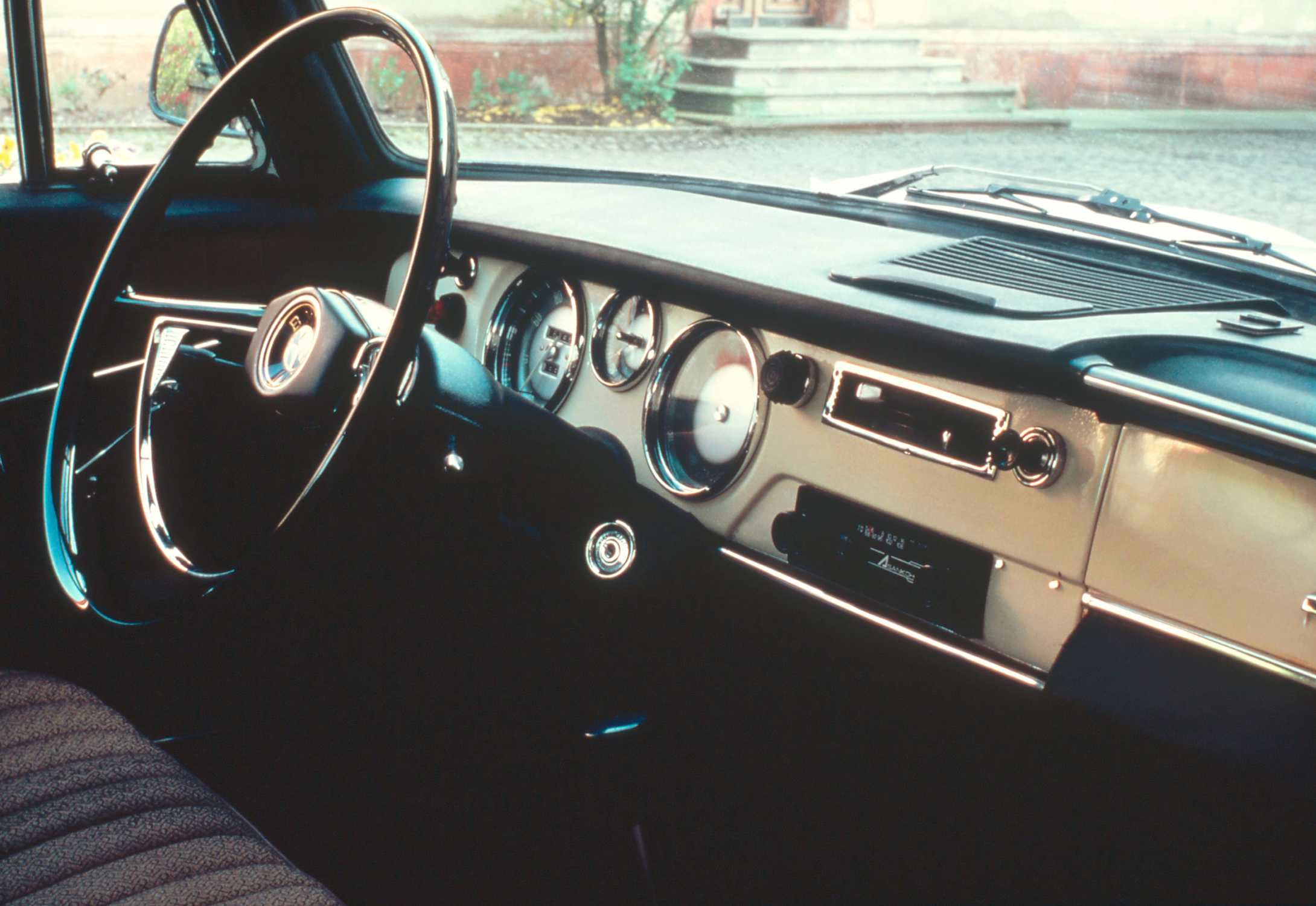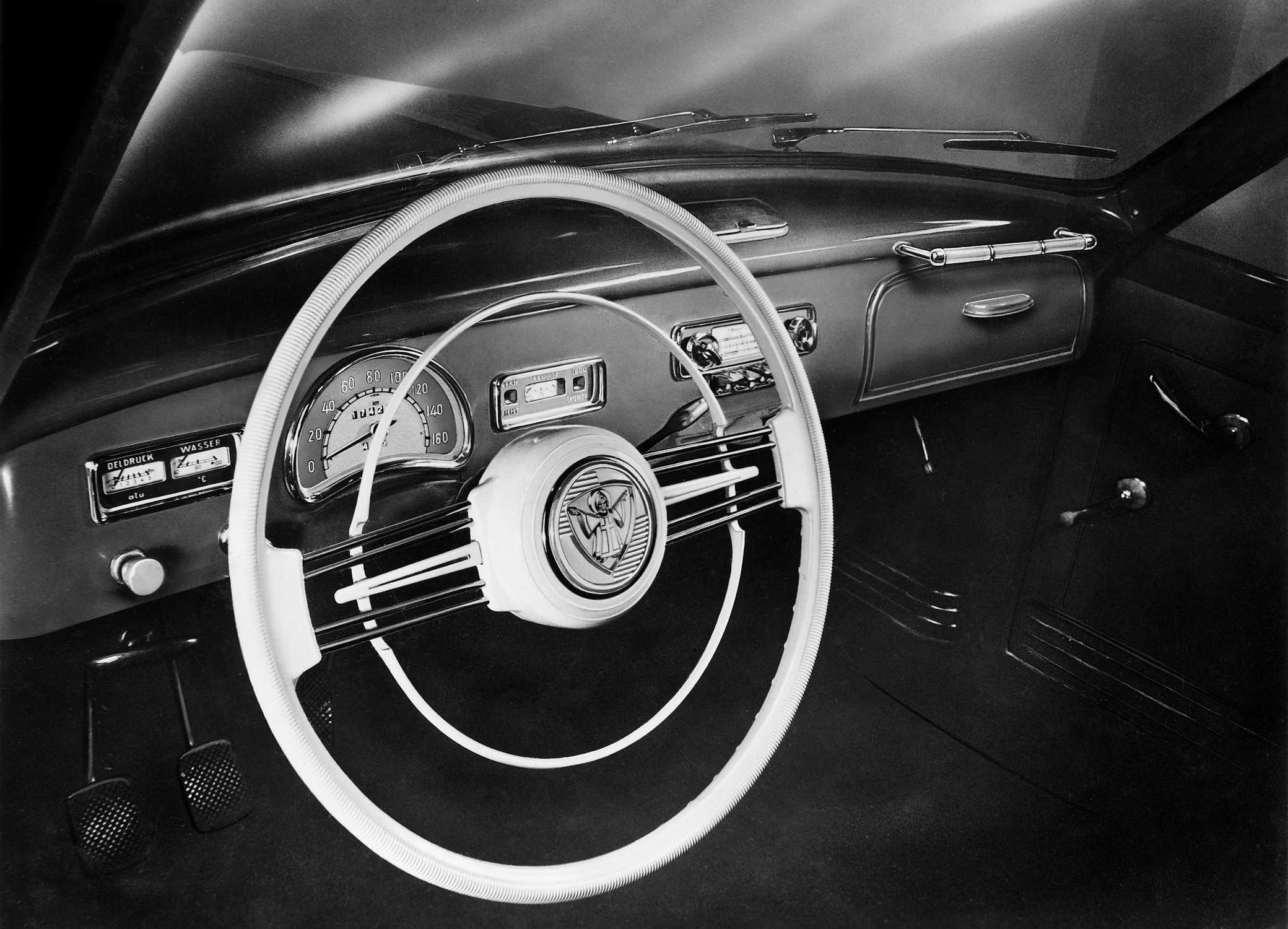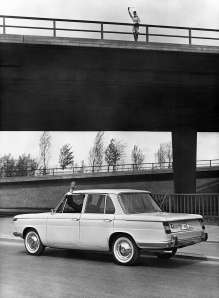Back in 1930, popular German sextet the Comedian Harmonists liked to chirp along about sunny weekends, and a still recent technological breakthrough helped to broaden their success. The advent of radios meant you could now listen to music and the news wherever you happened to be – and listen to them live as well. All around the world, people were instantly gripped. A whole new medium had arrived, quicker-acting than any newspaper but equally as entertaining.
Regular radio broadcasting in Germany began in 1923, but it came at a price – initially at least – as inflation was rampant and a radio licence cost a whopping 780 billion Papiermarks. Barely a decade later, though, Germans could also enjoy this still fledgling luxury in a car, manufacturers in the USA having enjoyed considerable success with car radios for some time already. Back then, however, they were still heavy old things, took up a lot of space and leeched electricity. But they also put smiles on faces, especially when the likes of the Comedian Harmonists were singing their stuff.
The economic miracle.
In the 1950s, car radios moved quickly from the margins into the mainstream. They remained on the pricy side, but then the cars themselves were hardly cheap. Vehicle manufacturers all wanted a radio adapted for each particular model and preferred to sell them, complete with aerial and interference suppression, with the car when it was ordered. After all, why should other companies be hoovering up a chunk of such a lucrative pie?
Comfort also came into play. Station buttons saved drivers from constant dial-twisting, transistor technology brought down the size and weight of the units, and the introduction of a standard-size slot made radios easier to retrofit or swap. The accessories market was awash with models, and large manufacturers like Blaupunkt and Becker got involved, supplying both car makers and private customers. Low-cost brands from mail-order companies also joined the fray and it wasn’t long before the Japanese had a piece of the action as well. The car radio had etched itself into our everyday lives.
Generational changes.
The 1960s brought with them tape cassettes, freeing drivers from the radio stations’ whims. It wasn’t long before consumers began to give radios without a cassette player the cold shoulder, such was the temptation of the tape. If your youth coincided with the hedonism of the 70s, the chances are you spent your money on your car’s sound system rather than rust protection (a ship that had most likely sailed, in any case). Car interiors were taken over by statuesque speakers and stacks of unmarked cassettes, contents unclear.
In time, cassettes were usurped by digital compact discs, which could be loaded into boot-mounted changers. CDs raised the bar in terms of sound quality and for a while they were the finest act in town. But they too were superseded, bulldozed by the forces of progress. Once a purveyor of sweet music, now they are more commonly used to stop wild animals wandering out of forests and onto roads.
The MP3 format shrank music into even smaller, bite-sized chunks, with smartphones and USB sticks capable of swallowing huge quantities of bits and bytes. And now internet-based streaming services make even MP3 feel slightly old-school. The proliferation of smartphones as gateways to the world has removed our dependency on car radios. But for the majority of drivers they remain the go-to source of information and entertainment.
Time machines.
Warm is very often the welcome for a classic car in which everything appears frozen in time – buttons at a premium, the choice of radio stations limited by whatever reception you can find, that sort of thing. You pick up what you can in between the rustling, crackles and surges, and you have to twiddle the button again to restore service after rounding a corner. If you pull up at the next lights behind an old Vespa, you’ll be nodding to the beat of its buzzy little motor rather than the music coming through the speakers. It’s the richness of the contrast between then and now that gives these blasts from the past such charm.
Keeping ageing car radios working is often straightforward enough, although not exactly cheap. A good number of specialist firms have focused on this niche and offer both fully restored units and accessories such as telescopic aerials and radio faceplates for different models of car. It is genuinely amazing what you can still get your hands on.
Digital romance.
For those with a lower audio nostalgia threshold, there are also any number of up-to-date systems available with retro looks that will pass muster to a critical eye. Their size and wiring allow them to be fitted in old consoles with a DIN slot, and sound quality and operation are up to modern standards. Neither do they cause any problems when it comes to meeting the strict visual guidelines for “H” classic car registration in Germany. A win-win solution indeed.
Customers can also choose from a wealth of half-way-house solutions which use the old tape deck, for example, or send data to the system to be received on a certain frequency. However, this comes with substantial variations in sound quality.
The verdict.
Radios and music are now as much a part of classic cars as they are of new models. The character of the sound reproduction may still befit the car’s vintage, but can also be modernised effectively and with sensitivity. So Weekend and Sunshine can bring happy days to your car again, all these years on.




